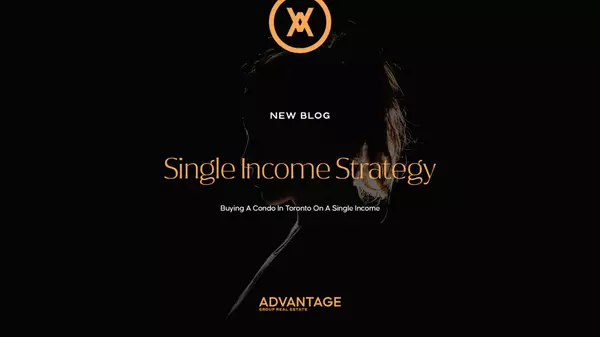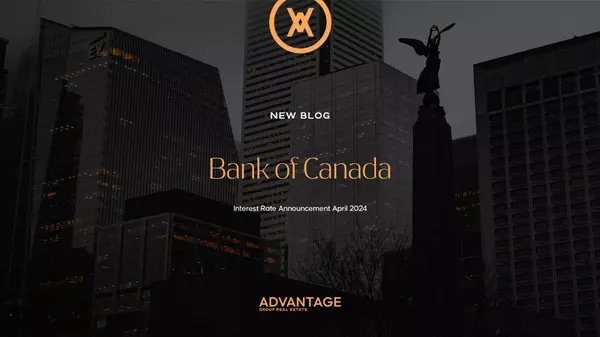
Financial Strategies for Single-Income Buyers
Navigating the Toronto condo market on a single income might sound daunting. Still, recent changes introduced by Deputy Prime Minister and Finance Minister Chrystia Freeland have made the dream of homeownership more attainable. Let's explore the financial landscape of buying a condo in Toronto, whe

Bank of Canada Rate Announcement // April 2024
The Bank of Canada has announced its decision to maintain the overnight rate target at 5%, keeping the Bank Rate at 5¼% and the deposit rate at 5%. This move, coupled with the ongoing policy of quantitative tightening, aims to stabilize the economic landscape as it navigates through a series of glo

What Should I Look For During A Home Inspection?
According to a 2021 report by the Ontario Association of Home Inspectors, approximately 65% of purchased homes in the region underwent a professional inspection before the sale was finalized. This statistic emphasizes the importance of a thorough check-up to ensure your potential new home's struct
Categories
Recent Posts











